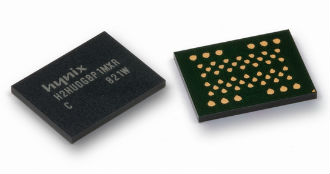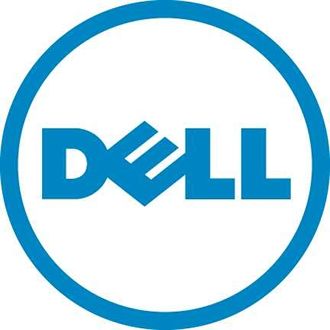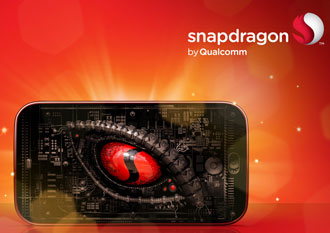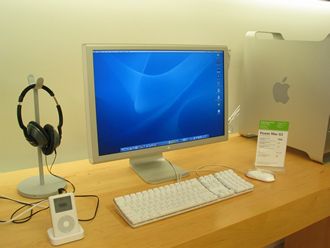 Some call
Some call it the internet of things (IoT), some call it the internet of everything (IoE) and some even call it the internet of fangs (IoF).
These terms are not, as yet, perfectly defined and there is a complete lack of standards defined, just like in the “cloud” space. But there’s one thing for sure, and that is it’s going to be worth a lot of money so as many vendors as possible are getting on board the gravy train.
Future Market Insights (FMI) prefers the IoE and said that the market will grow at a compound annual growth rate (CAGR) of 16.4 percent between 2014 and 2020.
It will be the Asia Pacific market which will kick off the growth, synched to the arrival of big data. That’s because there will be investment in so called “smart cities” and smart grids, financed by the Indian, Chinese and Japanese governments.
FMI divides the market into business to business (B2B) and IoE vertical markets.
The verticals include manufacturing and public sector, but the health care sector will grow by 20.6 percent CAGR during the period, followed by utilities.
The major players in the market are Cisco, Samsung, IBM, Apple and Accenture – these vendors had over 50 percent market share in 2013.
 A Freedom of Information Act (FOI) request made by TechEye has revealed that the BBC is to offer live streaming on Roku devices.
A Freedom of Information Act (FOI) request made by TechEye has revealed that the BBC is to offer live streaming on Roku devices. A Freedom of Information Act (FOI) request made by TechEye has revealed that the BBC is to offer live streaming on Roku devices.
A Freedom of Information Act (FOI) request made by TechEye has revealed that the BBC is to offer live streaming on Roku devices.



















